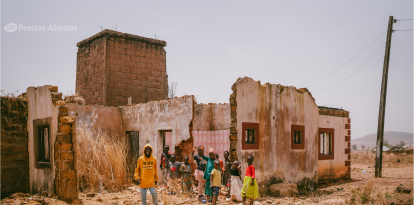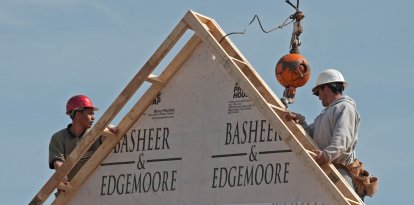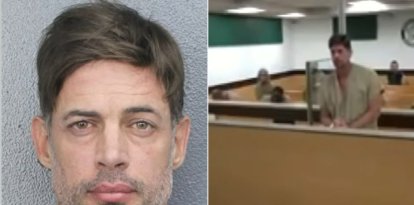'Jihad Rehab': from Sundance to hell over Islamist criticism
Arab filmmakers condemn woman speaking about Muslim men in film about rehabilitated jihadists.

Sundance
The film Jihad Rehab has gone from being invited to the Sundance Film Festival, to being banned by all festivals and theaters in less than a year. Criticism from Arab filmmakers and left-wing activists, accusing it of being "Islamophobic" and "American propaganda" has prompted the same independent festival to apologize. As a result, the contests that featured her, has now withdrawn their invitation.
Its director, Meg Smaker has gone from "heaven," to having to ask her parents for money to pay off credit cards canceled due to outstanding debts. She still can't believe what is happening to her, as she always hoped that people "would realize that this movie was not what they said it was". "I try to tell an authentic story that many Americans may not have heard," she insisted.
White woman in a Saudi center for the rehabilitation of jihadists
The documentary was filmed over 16 months in a Saudi center for the rehabilitation of jihadists. Saudi authorities gave Smaker approval and access to interview 150 detainees. Most declined to even speak with her. However, four did agree to the interviews, and their testimonies are the focus of the film. After overcoming doubts and mistrust, the former terrorists spoke about their recruitment to jihadism, the torture they suffered and their repentance.
Meg expected criticism from conservatives for showing a humanized view of terrorists. However, these have come from Islamic personalities who condemn a white woman telling the story of Arab men. One of the harshest was filmmaker Assia Boundaoui: "It is nauseating to see my language and the homeland of the people of my community being used as a backdrop for white savior tendencies," she wrote. "The speech is all empathy, but the energy is Indiana Jones," she told Documentary magazine.
"As a Muslim, my voice should be louder than a white woman's."
"An all-white crew behind a film about Yemeni and Saudi Arabian men," filmmaker Violeta Ayala lamented in a tweet. She did not bother to contrast that a Yemeni-American executive producer and a Saudi co-producer were part of the cast. Also forceful in her judgment was Jude Chehab, a Lebanese-American documentary filmmaker. "When I, a practicing Muslim woman, say this film is problematic, my voice should be louder than a white woman who says it's not. Plain and simple."
The blows have not only come from the outside. The executive producer of the documentary, Abigail Disney - Walt Disney's great-granddaughter, who was thrilled with what was achieved - changed her tune. After congratulating the director in private e-mails, she publicly apologized, regretting that the tape "landed like a truckload of hate". "I have failed, I have failed and I have not understood at all how exhausted and disgusted the Muslim people are by the perpetual portrayal of Muslim men and women as terrorists or former terrorists or potential terrorists," Disney insisted.
Sundance rectification and boycott attempt
When Sundance published in December that Jihad rehab had been selected, the critics were quick to respond. More than 230 filmmakers released a letter condemning the documentary. According to The New York Times most didn't even watch it. The paper criticized that, in 20 years, the festival had screened 76 films about Muslims and the Middle East, but only 35% directed by Muslims or Arabs. This was denied by the event itself with data.
However, Sundance officials were frightened by the reactions and tried to backtrack. The director at the time, Tabitha Jackson, demanded to see the detainees' consent forms and Smaker's plan to protect them once the film was released. In addition, they demanded an ethical review of the plans and four days to comply with the requirements. The review concluded that the tape more than met safety standards.
A life as a movie
Meg Smaker was 21 years old on 9/11. She was working as a firefighter in California, and the sight of her peers craving revenge made her wonder, "How did it come to this?" To find the answer, she traveled to Afghanistan, which she hitchhiked through, and then lived in Yemen for five years. She then learned Arabic and helped to teach the people she lived with, how to fight fire. She then pursued a master's degree in cinematography at Stanford University and returned to the East to try to bring the two worlds closer together through film.
RECOMMENDATION





















